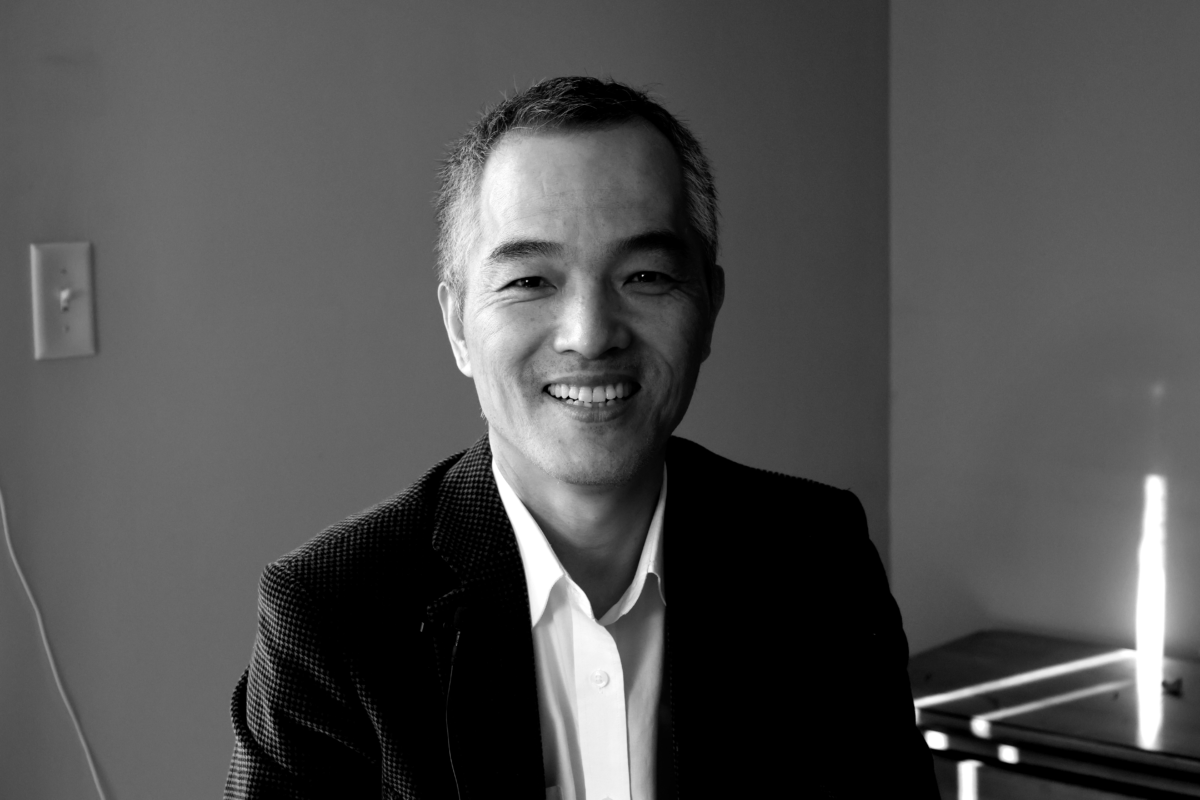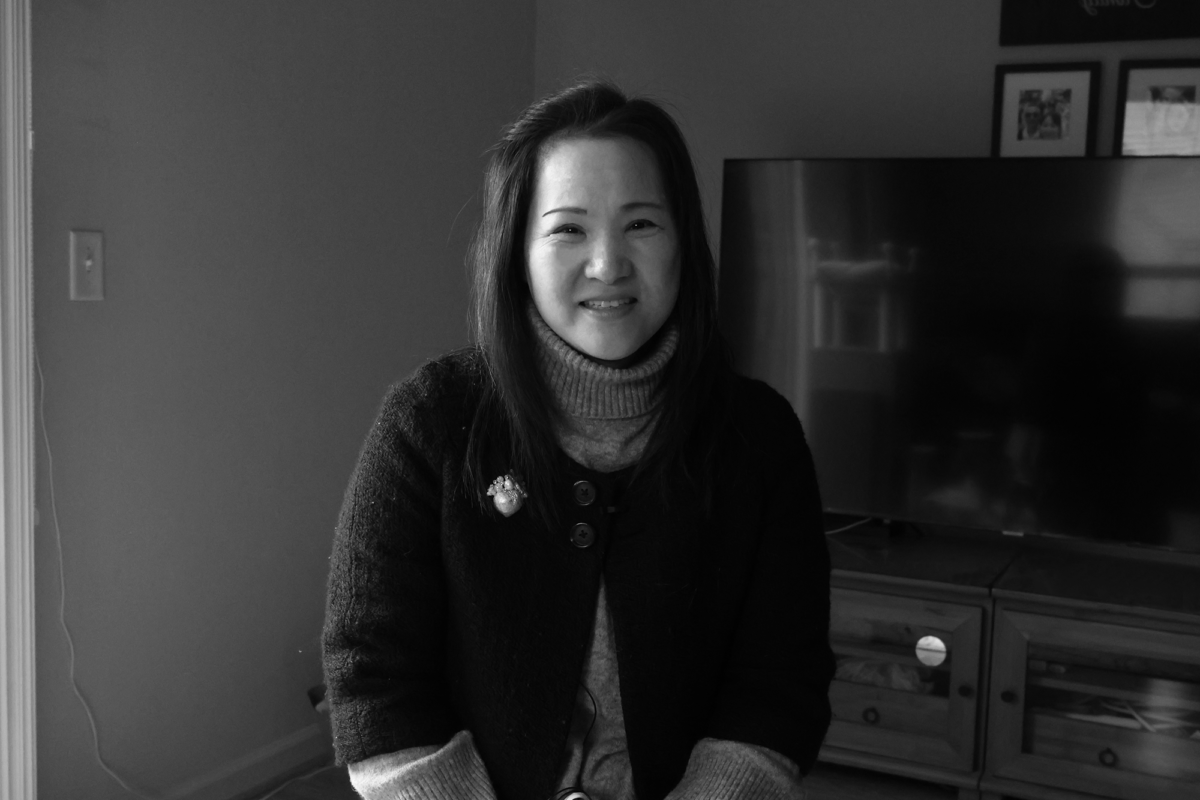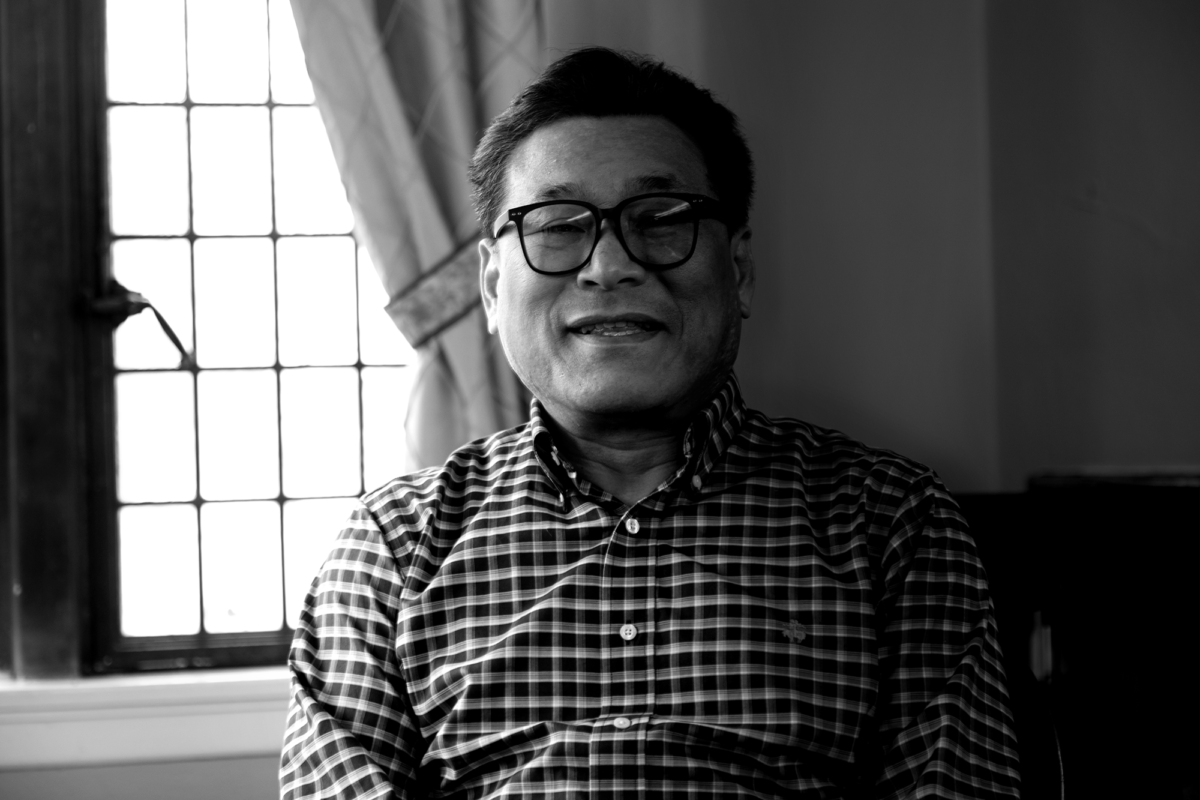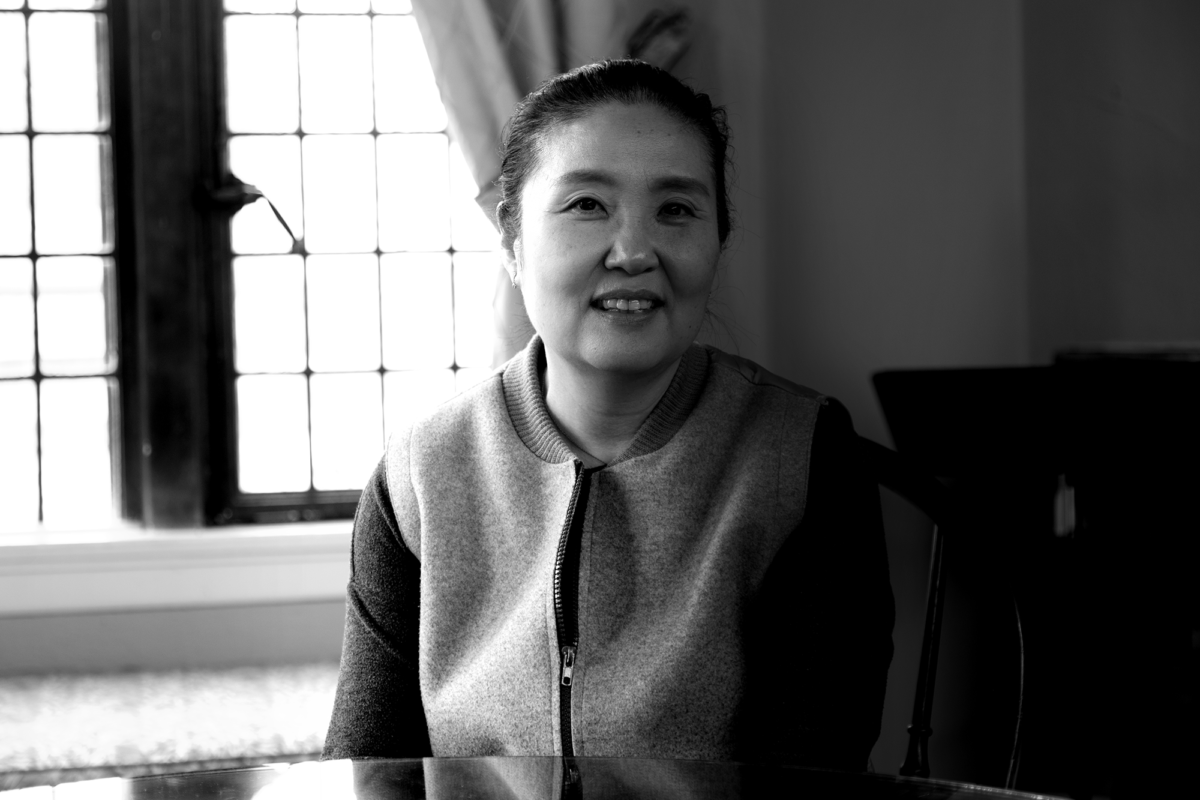
Everyone has their own ups and downs. Those ups and downs create one’s personality and attitude toward life. After spending 6 years in the United States, I could not define my identity. I have wandered on the boundary of being an alien and Americanized Korean. From surviving the past, I have found that only unconsciousness is more undefined than any identities of immigrants. I was able to find that not only myself but also other international students and immigrants have the same concerns. After I realized that I want to visualize these moments when people have suffered and overcome these times of emotional chaos, I decided to capture the moments of memorial recollective reversion. As an artist, I am drawn to the concept of storytelling through documentary photography. I was fascinated by the fact that this method could capture even a small change in people’s facial expressions and even a word expression. My latest project focuses on the decreasing number of Korean students and immigrants in the United States. This issue has become increasingly prevalent over the years and has accelerated the phenomenon since COVID. I wanted to explore the personal thoughts, experiences and emotions involved in this phenomenon. In addition, until this phenomenon occurred, I wanted to include the story of the rapid growth of the Korean community in America. Through the project, I view people’s faces and imagine their life stories to connect each other because I believe our faces and expressions represent the traces of our lives. Based on their traces, I could not only solidify who truly I am but also accept the gratitude of the existence of the community I belong to. The method I have chosen for telling these stories is a combination of photographic portraiture and personal interviews recording their happiest and most desperate moments. By capturing individuals in their most vulnerable moments, I can create a visual representation of their lives, one that goes beyond the physical realm and delves into the philosophical aesthetics of their existence. These moments often reveal the true character of an individual, and it is through them that I hope to capture the essence of their lives. I believe that what can be put on a screen is not simply a scene, but a “life of a subject”. By implementing the project, I have learned that personal lives can be considered as a form of art. The lack of physical aesthetics is filled by philosophical aesthetics which represent the beauty of life. I want to utilize this concept to express the sublime which is an abstract form of awe and inspiration in my project through digital mediums. Furthermore, I want my spectators to interpret the project based on their individual personal perspectives and life values. My work raises questions about the originality of the community that one belongs to and makes people think about how they are perceived by their surroundings. The issue of decreasing numbers of Korean students and immigrants in the United States is a poignant reminder of the struggles of immigrants and the importance of a community’s identity. As individuals, we must question our own identity and consider how we perceive our country and our community. As I delve deeper into this project, I am struck by the emotional depth of the stories I have encountered. Each individual has made different life plans for various reasons, and in order to put into practice, they live in their own place, putting their longing for the home country behind them. Through these stories, I want to capture in my work what brought them to where they are today and what their future steps will be. Also, I want to capture the essence of their lives through this. By bringing these stories to the forefront, I hope to create a sense of empathy and understanding among viewers. My production goal is to make people who have not experienced this situation find how other people’s lives look similar to their own. Ultimately, my project is to commemorate how Korean society in the face of adversity has overcome it and affected them at the same time. I hope to create a visual representation of their lives, one that conveys their struggles, triumphs, and ultimately, their humanity. Through my work, I hope that both Koreans and non-Koreans will look back on what they have taken for granted, feel grateful for their community, and accept their personal difficulties. In addition, I want to inspire the individuals to find strength from the community when they faced with similar problems.



